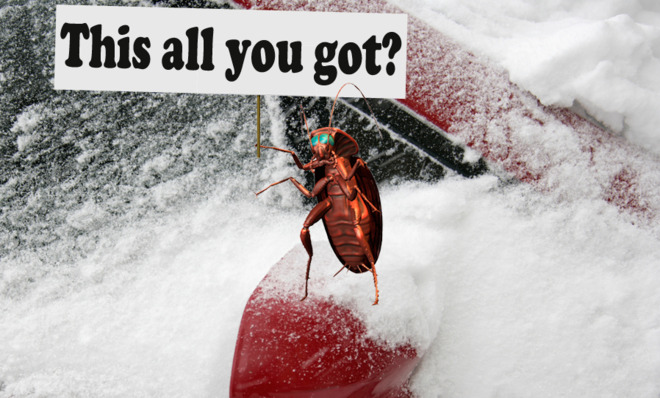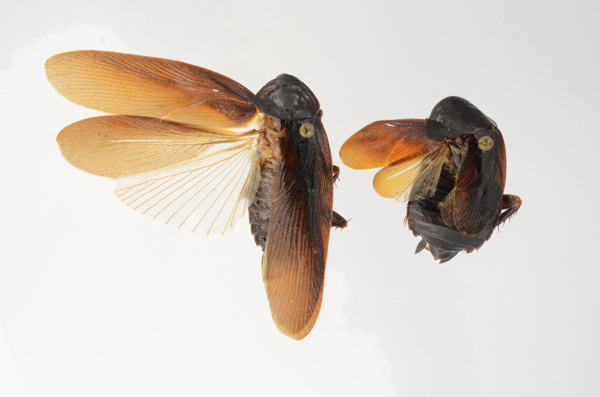Cue scary music: Cockroaches that can survive New York winters reach the U.S.
Say hi to Manhattan's newest invasive species, Periplaneta japonica

Cockroaches will outlive us all.
A few species here in America can already survive a thermonuclear holocaust, reproduce dozens of offspring at a time, and can live for weeks if their heads should happen to be inconveniently separated from their bodies.
What many aren't so good at surviving, though, is the freezing and cruel indifference of harsh winter weather. Until now.
The Week
Escape your echo chamber. Get the facts behind the news, plus analysis from multiple perspectives.

Sign up for The Week's Free Newsletters
From our morning news briefing to a weekly Good News Newsletter, get the best of The Week delivered directly to your inbox.
From our morning news briefing to a weekly Good News Newsletter, get the best of The Week delivered directly to your inbox.
Spotted for the first time in the United States in 2012, Rutgers biologists Jessica Ware and Dominic Evangelista have confirmed in a series of genetics lab tests that Periplaneta japonica — the Japanese cockroach — has finally reached U.S. shores.

The black and brown invasive species was found by an exterminator at Manhattan's High Line, and may have been brought to the states via the soil of the exotic plants used in the tourist attraction's park. "Many nurseries in the United States have some native plants and some imported plants," says Ware, "so it's not a far stretch to picture that that is the source."
Unlike other roaches, the bug is impervious to cold winter climates, and has already invaded countries like China and Korea. Previous studies have suggested P. japonica can survive in frigid temperatures from -5 to -8 degrees Celsius, and can even tolerate a 12-hour period of tissue freezing. It isn't unforeseeable that they can shrug off New York City's dirty, frozen slushicles.
On the bright side, though, Ware and Evangelista suggest that the city's newest transplant may have a hard time competing with New York's native roach population for food and shelter, and, luckily, probably won't be able to interbreed with existing species. In other words, the bugs have Bushwick written all over them.
A free daily email with the biggest news stories of the day – and the best features from TheWeek.com


